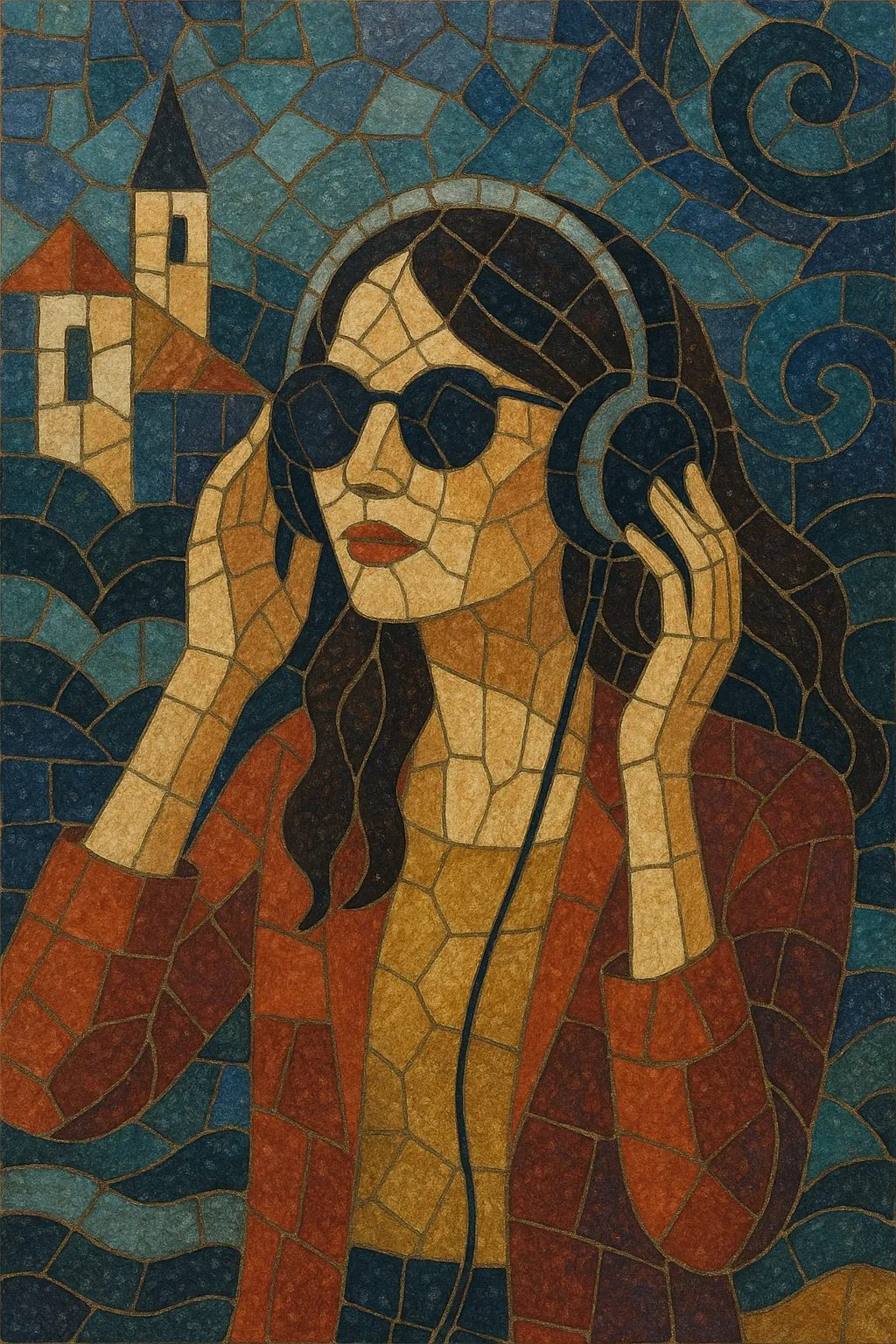French indie pop is a contemporary pop style made by French artists who work with independent labels or DIY means, fusing the melodic directness of pop with the aesthetics of indie rock and electronic music.
It typically blends the lyrical intimacy and wordplay of chanson with retro flavors from yé-yé, new wave, synth-pop, and dream pop. Expect sleek hooks, airy or breathy vocals in French (often with touches of English), jangly guitars, warm analog and FM synths, drum machines, and clean, groovy basslines. Production tends to be polished yet understated—nostalgic, cinematic, and nocturnal, but still danceable.
The result is a cosmopolitan sound that sits between club sheen and bedroom intimacy, equally at home on festival stages and in headphone listening.
French indie pop draws on an older lineage: the lyrical craft of chanson and the 1960s yé-yé wave, filtered through the synth-forward polish of 1980s new wave and synth-pop. In the late 1990s, acts linked to the broader "French Touch" and downtempo scenes (e.g., Air) helped normalize a sleek, retro-modern sensibility that indie-leaning artists would soon adapt to pop songcraft.
In the 2000s, the term "French indie pop" solidified around bands and solo artists releasing outside the traditional major-label system, often via boutique labels and blogs. The internet (MySpace, music blogs, early streaming) let artists pair jangly guitars and drum machines with chic synth textures and French/English lyrics. Phoenix broke internationally with indie-pop hooks; Yelle brought a witty electro-pop streak; and M83’s cinematic dream-pop informed the genre’s atmospheric side.
The 2010s saw the scene diversify and professionalize, with festival slots and international tours. Christine and the Queens fused art-pop, R&B, and performance art with French lyrical sensibility, while La Femme revived surf/psych colors within an indie-pop frame. L’Impératrice refined disco-inflected sophistication, and a new wave of artists embraced both dance floors and intimate stages. Streaming platforms helped French-language indie pop travel globally without sacrificing its local identity.
French indie pop now spans glossy disco-pop, dreamy synth ballads, and guitar-led sparkle, often produced in compact home studios. Artists comfortably mix French and English, collaborate across borders, and fold in influences from nu-disco, indie dance, and lo-fi indie. The genre remains anchored in melody, elegant minimalism, and lyric-forward storytelling—updated for the playlist era without losing its retro-chic charm.


